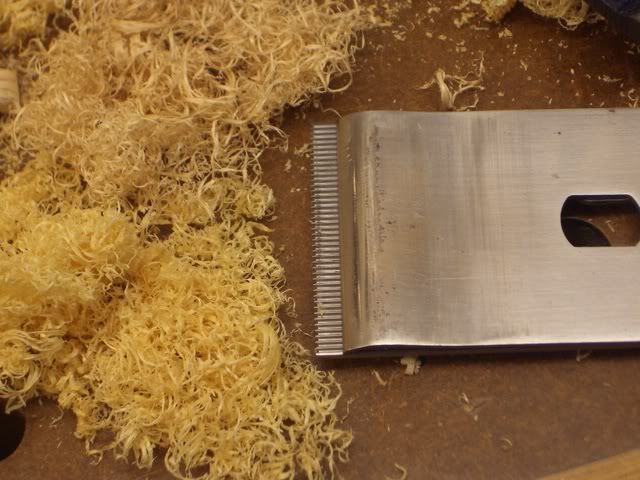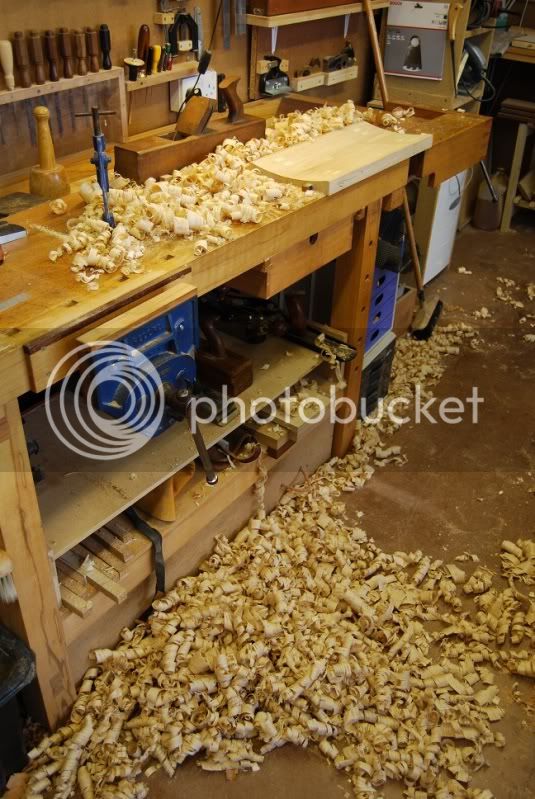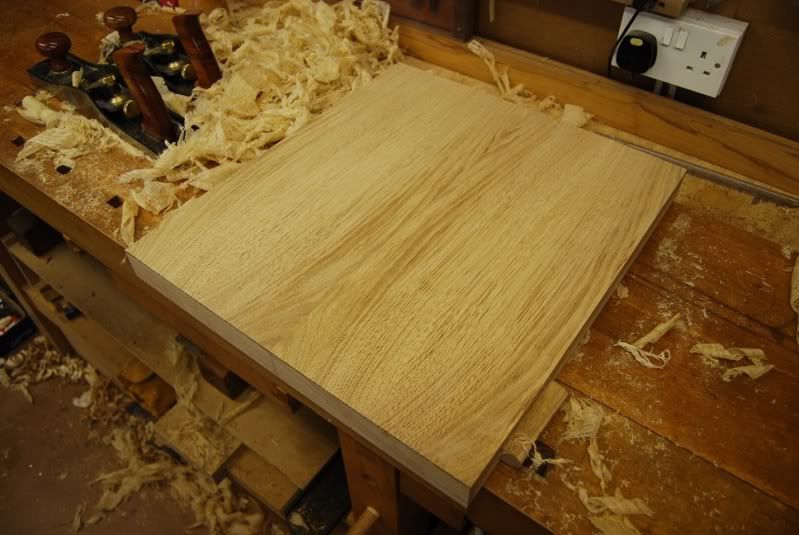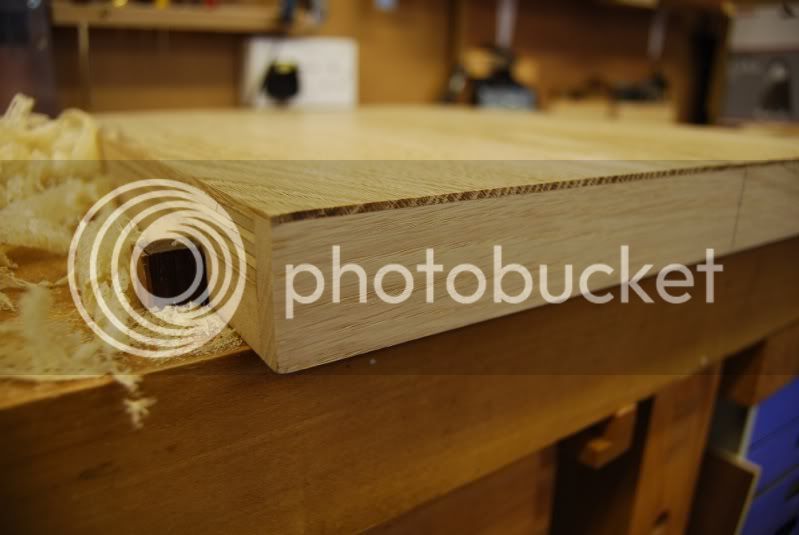ro
Established Member
I've been reading this fantastic forum for a month or so now and wondered if I could intrude and ask a (hopefully simple) question.
I'm about to start work on building a chest out of oak, which is going to require a fair bit of gluing and smoothing boards.
I'm planning on using a Record No 5 plane for the initial levelling and then a Stanley No 4 for smoothing afterwards (both of which were picked up for about 2 quid and have had their soles flattened and blades sharpened).
Would I find it easier to do the initial levelling if I ground a blade for the number 5 into a scrub profile? Does this make it easier to take larger cuts?
If so, where could I pick up a spare blade and cap iron?
Thanks for all your help
I'm about to start work on building a chest out of oak, which is going to require a fair bit of gluing and smoothing boards.
I'm planning on using a Record No 5 plane for the initial levelling and then a Stanley No 4 for smoothing afterwards (both of which were picked up for about 2 quid and have had their soles flattened and blades sharpened).
Would I find it easier to do the initial levelling if I ground a blade for the number 5 into a scrub profile? Does this make it easier to take larger cuts?
If so, where could I pick up a spare blade and cap iron?
Thanks for all your help








